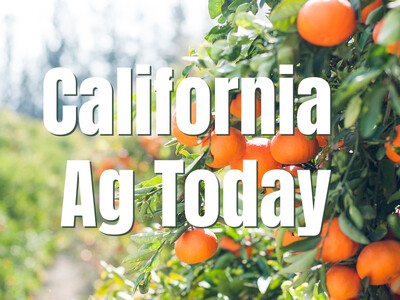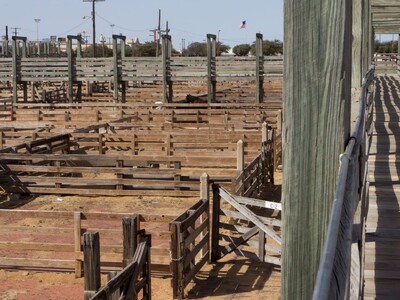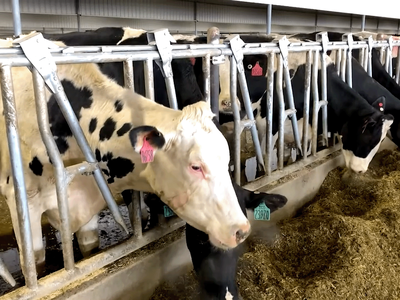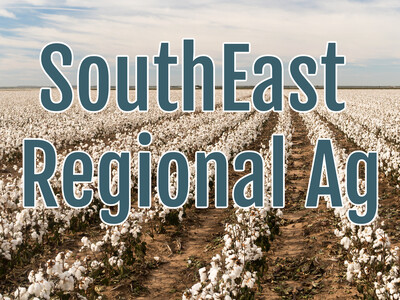Muskie Hunt
Summer is the perfect time to churn the water with bucktails. Water temperatures are approaching their annual peaks, and muskies are on the chew, ready to chase down fast-moving presentations. Your hunt for summer muskies will begin with weeds, and it’s likely that you won’t need to look further than your lake’s dense beds of cabbage and coontail to garner all of the summer musky action you’ll ever need. Let’s examine the connection between weeds, in-line spinners, and summer muskies, so you can put more of these apex predators in the boat this season.Of all the possible weed types found in musky waters, cabbage weeds and coontail will attract and hold the most fish. Cabbage grows with stout vertical stems, interrupted regularly by long, broad leaves. Coontail is somewhat less robust but grows in beds that are more dense than cabbage, and the overall cylindrical shape of a coontail stalk provides many of the same musky-attracting characteristics as cabbage. Indeed, both weeds cast shade within the water column, reducing local water temperature and providing respite from the bright midday sun. Dense stands of cabbage and coontail provide ample cover for baitfish and small panfish, guaranteeing that resident musky and pike have an abundant food supply.















